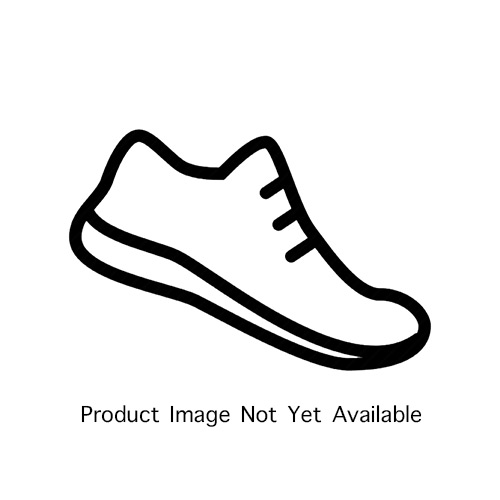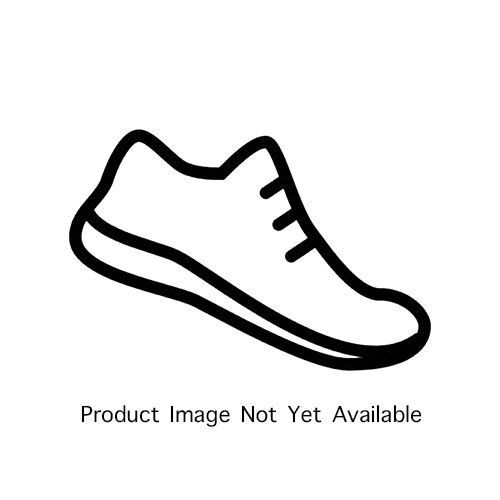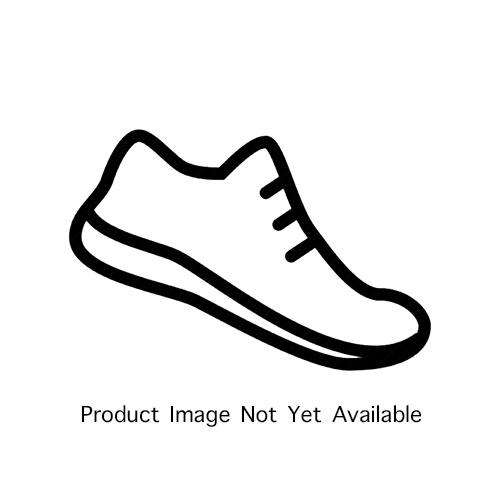
Do you experience foot pain?
Our legs and feet are a lifeline to a healthy, active lifestyle. When you’re experiencing foot issues, every step can be painful — a serious problem when work or play is impacted. Our Board Certified Pedorthists offer insight and shoe recommendations for 13 of the most common foot issues we see in our stores.
While self-diagnosis using online tools may help you to better identify your issue, it is strongly recommended that you seek an evaluation from a medical professional if pain continues or worsens. Board Certified Pedorthists are an extension of the medical profession and will not diagnose. Their insights and shoe recommendations are meant to supplement your doctor's treatment plan.



 Achilles Tendonitis
Achilles Tendonitis